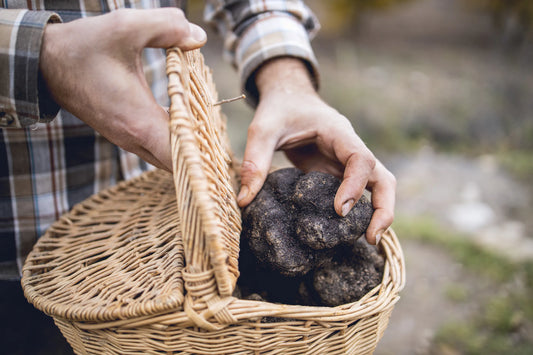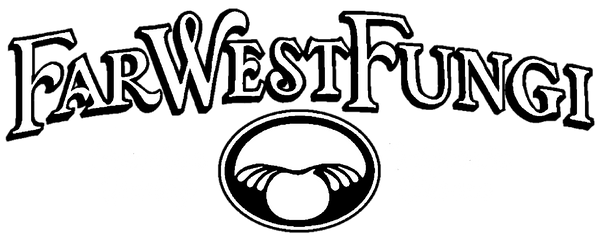The Mushroom Journal

A Beginner's Guide to Cooking with Lion’s Mane ...
They look like clouds drifting across a forest floor, but lion’s mane mushrooms are nothing if not bold. With cascading tendrils and a texture reminiscent of tender seafood, this underdog...
A Beginner's Guide to Cooking with Lion’s Mane ...
They look like clouds drifting across a forest floor, but lion’s mane mushrooms are nothing if not bold. With cascading tendrils and a texture reminiscent of tender seafood, this underdog...

The Winter Black Truffle
There’s enough information about the clandestine world of truffles to fill a whole book (and many have). These fragrant, elusive, famously expensive pieces of fungus form in the soil underground,...
The Winter Black Truffle
There’s enough information about the clandestine world of truffles to fill a whole book (and many have). These fragrant, elusive, famously expensive pieces of fungus form in the soil underground,...

Porcini
If the lion is King of the Beasts, Porcini (Boletus edulis) is most certainly King of the Mushrooms -- as evidenced by its colloquial name, “King Bolete.” Rich and...
Porcini
If the lion is King of the Beasts, Porcini (Boletus edulis) is most certainly King of the Mushrooms -- as evidenced by its colloquial name, “King Bolete.” Rich and...

A Cultural History of Fungi
Humanity’s relationship with mushrooms spans the entirety of our species’ existence. The oldest mummified body ever found, Otzi, or “The Ice Man,” had mushrooms in his pouch when he died...
A Cultural History of Fungi
Humanity’s relationship with mushrooms spans the entirety of our species’ existence. The oldest mummified body ever found, Otzi, or “The Ice Man,” had mushrooms in his pouch when he died...

The Lobster Mushroom
It’s not hard to figure out how Lobster mushrooms get their name. Their typically bright red color resembles lobster shells, and their distinctive scent conjures the buttery aromas of a...
The Lobster Mushroom
It’s not hard to figure out how Lobster mushrooms get their name. Their typically bright red color resembles lobster shells, and their distinctive scent conjures the buttery aromas of a...

Bay Area and Santa Cruz Restaurants Serving Far...
CreoLa CreoLa is a quaint New Orleans inspired bistro, with locations in San Carlos and San Francisco. Their Wild Mushroom Jambalaya (photo above) is a Far West Fungi favorite! Owner...
Bay Area and Santa Cruz Restaurants Serving Far...
CreoLa CreoLa is a quaint New Orleans inspired bistro, with locations in San Carlos and San Francisco. Their Wild Mushroom Jambalaya (photo above) is a Far West Fungi favorite! Owner...
